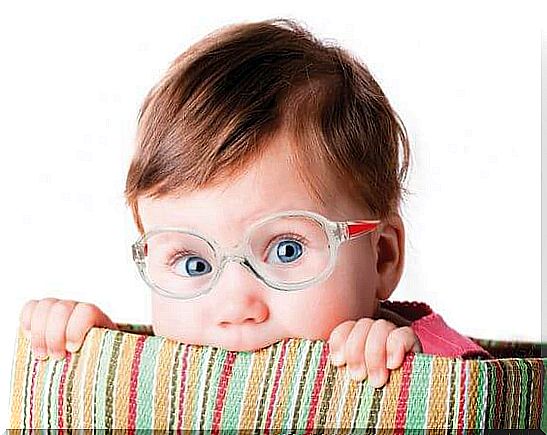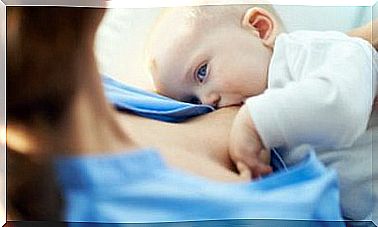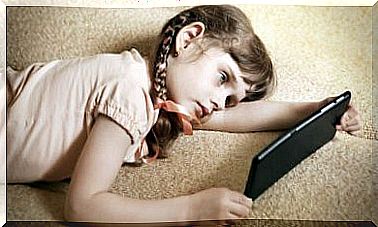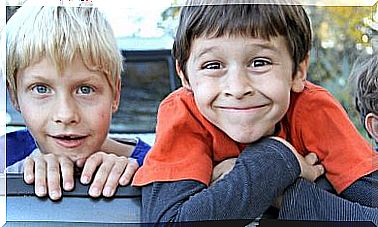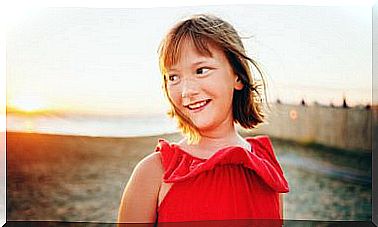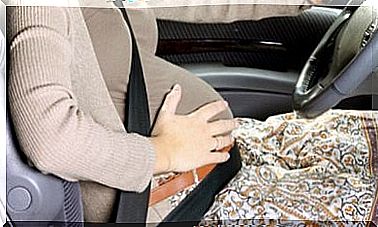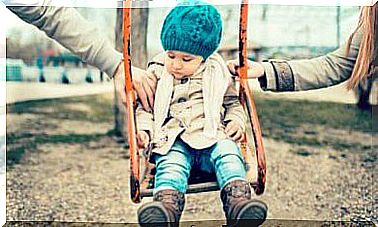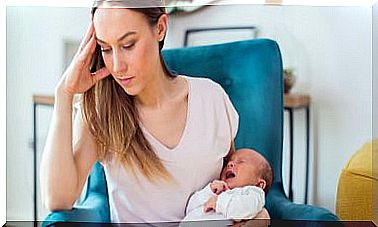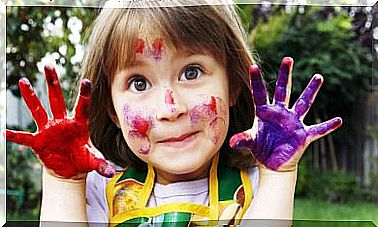Hyperopia In Children: What Is It And How Is It Corrected?
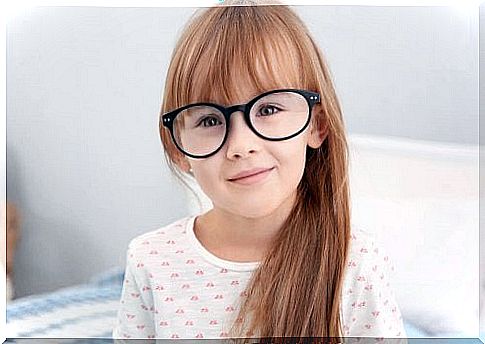
If you notice that your child does not see well up close, he tells you that his eyes get tired or his head hurts when he is reading for a while, he could have a visual problem. Hyperopia in children and everything you need to know, below.
Hyperopia in children is a distortion of vision that consists in that the near vision, or near, is perceived as blurred. Overexertion of the eyes to compensate for this blurred vision can lead to eyestrain and headaches. In the case of children, it can also imply difficulty in the development of school activities.
It is not a progressive defect, so there is usually no increase in difficulty as time passes, but it can become chronic . This implies that the use of glasses will have to be permanent.
Next, we will tell you those warning signs that will help you identify hyperopia in children.
Signs of possible hyperopia in children
From the age of 4, approximately, a problem of hyperopia can manifest. Although vision checks are usually carried out by the pediatrician, here are some symptoms that can help you know if your child has any vision difficulties .
- Squint to read or watch TV . The gesture of squinting is a sign of accommodation of vision. You will try to squint to stop blurring and compensate for vision.
- It tells you that his eyesight is getting tired . The effort to compensate generates visual fatigue, which is usually accompanied by redness of the eyes or excessive tearing.
- Headache . When the time of visual effort is great, small headaches can occur.
- It is harder for you to focus your attention . At the school level, it is easy for inattention problems to appear due to vision problems. Not seeing well implies not being able to follow the class thread well.
- Strabismus . In some cases, one or both eyes may deviate to compensate for this impaired vision.
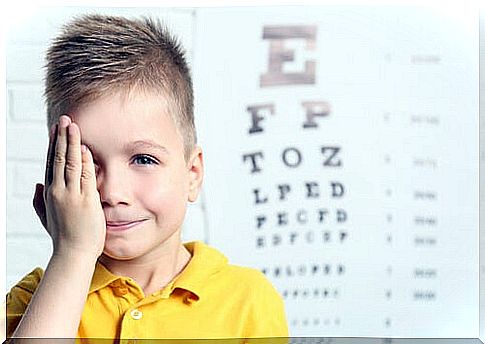
What to do to correct hyperopia in children?
When you suspect that your child may have this vision defect, it is best to see your pediatrician . He will order ophthalmological tests for your child so that you can confirm the diagnosis.
Hyperopia in children can be corrected. The techniques that correct this hyperopia are:
- Use of glasses . Depending on the age and the level of the hyperopic defect, the glasses that best correct the visual error will be sought.
- Laser operation . It is the most used method. The aim is to correct the defect with a small laser, for which the surgical intervention requires the lifting of a small layer of cornea, which will be repositioned later.
- Surface techniques . A laser is used to correct the curvature of the cornea, which prevents correct vision. Afterwards, a protective lens will be placed and vision will gradually recover.
- Intraocular lens placement . It is called a phakic intraocular lens and is the implantation of a lens between the iris and the crystalline lens. It is unique to each eye.
The choice of one method or another will depend on the ophthalmologist, as they will determine the best solution taking into account the specific characteristics of your child’s hyperopia.
Operate for hyperopia in children?
In principle, the purpose of the refractive operation or operation to correct the vision defect is to prevent your child from having to wear glasses for the rest of his life. It is true that hyperopia can be corrected over time, but, if not, you can consider going through surgical intervention.
It is a simple operation, which takes 10-20 minutes, and does not involve a complicated postoperative period . It does not require general anesthesia and your child will not be at greater risk.
To make this decision, the ophthalmologist must supervise this process . In order to operate, hyperopia must remain stable and not worsen, since then the intervention would not make sense.
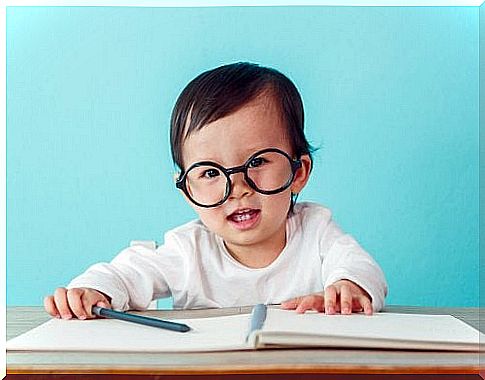
A curiosity
We are all born hyperopic . The visual system takes time to develop definitively, so we are born with a very defective vision.
Normally, this defect is corrected over time , also due to full and continuous exposure to different visual stimuli. If not corrected, visual problems such as hyperopia develop in children.
